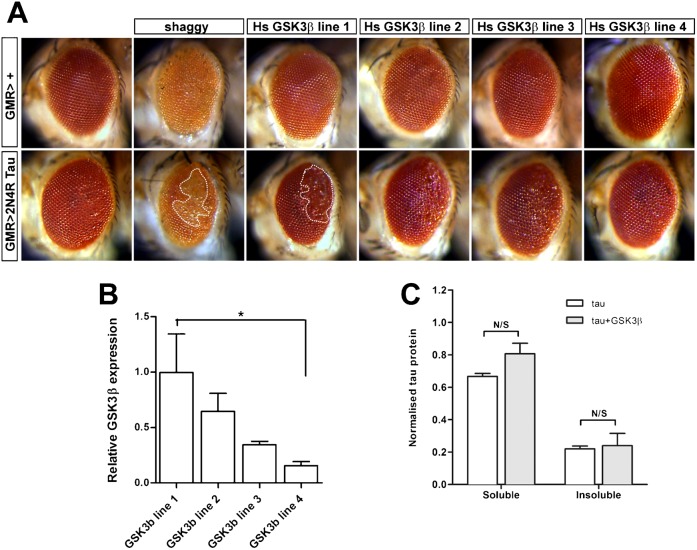Fig. 4. Co-expression of human GSK3β increases Tau-mediated toxicity.
(A) Light micrographs of adult fly eyes. Drosophila (Shaggy) or hGSK3β was driven in the visual system under the control of GMR-gal4 either alone (upper row) or alongside 2N4R Tau from the 68A insertion site. Shaggy expression alone causes disruption of eye development but hGSK3β does not. Co-expression of GSK3β increases the toxicity of Tau. Areas of the eye displaying significant disruption including substantial areas of glazing are highlighted with dashed lines. (B) Relative expression of hGSK3β driven from four random UAS-insertions. Higher transcript levels correspond to higher Tau-mediated toxicity. (C) Increased toxicity does not correlate with a change in solubility of Tau. Tau in sarcosyl-soluble and -insoluble fractions was quantified by western blotting with or without co-expression of hGSK3β.

